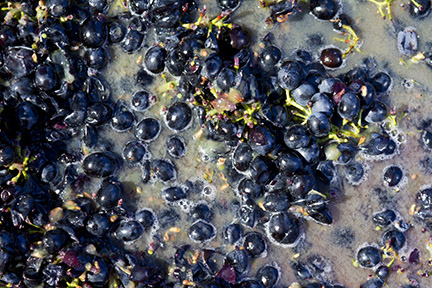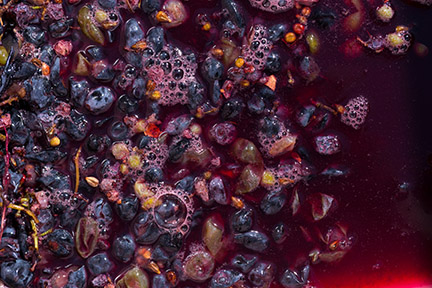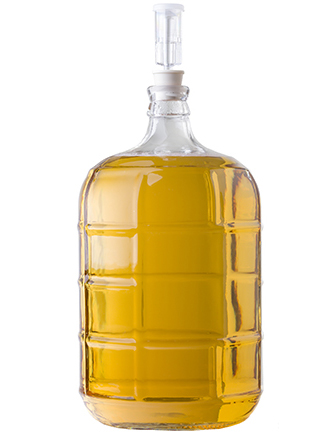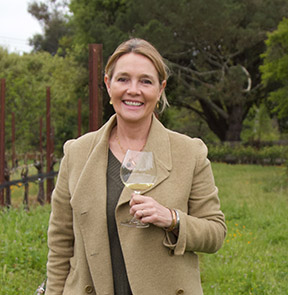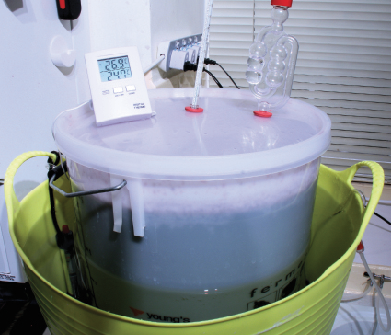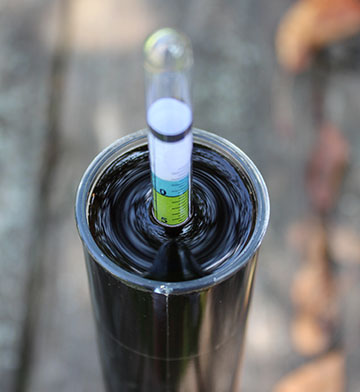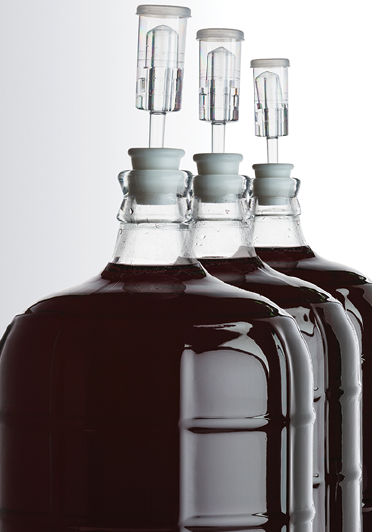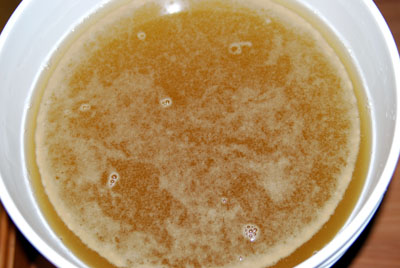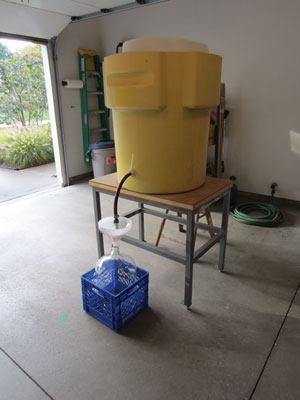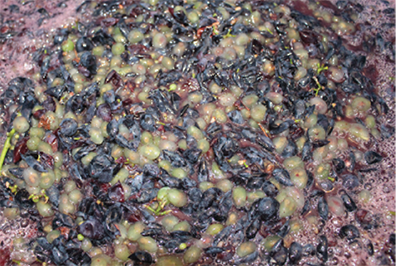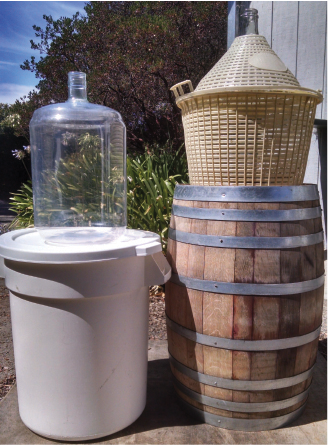Topic: Fermentation
Trying to Work With Grape Juice That is Amiss
Well, your grape or juice source really put you in a bind. Those are some of the most unbalanced initial numbers I’ve ever seen, and I would seriously consider getting your juice
Adding Sorbate After MLF
Winemakers typically add sorbate (aka sorbic acid, often purchased as potassium sorbate) when they want to bottle a wine with a little residual sugar. It is often added right before backsweetening and
Curing A Stuck Fermentation
Yes, sluggish and stuck fermentations are one of the most common, persistent, and frustrating issues that winemakers encounter. They happen for so many reasons, and possibly for a combination of so many
Red Fermentation Decisions: Tips from the Pros
They say winemaking is part science, part art. That expression may ring most true when it comes to fermenting red wines. While there have been numerous studies and much research regarding the
Red Wine Fermentation Considerations
When I was assigned the story detailing the decisions that come up during red wine fermentations, I began to block out the options and decision trees that occur before, during, and after
White Wine Fermentation Decisions
Whether it is choosing a yeast strain, halting fermentation with a little residual sugar, putting a wine through malolactic fermentation, or a myriad of other options, there is a lot to consider when fermenting white wines.
Benefit from a Cold Soak: Tips from the Pros
The benefits of cold soaking are debated among winemakers, but those who subscribe to the technique of keeping (usually red) grapes cool for a few days prior to fermentation swear by it.
The Importance of Temperature Control in Winemaking
Not properly controlling the temperature of your grapes, must, juice, or wine can have lasting impacts. Learn when and how to take control.
Crazy pH Shift
I applaud you for trying fresh winegrapes in your home winemaking, you’re lucky that you are (relatively) close to a fine winegrape growing area like the Santa Ynez Valley. I grew up
Cucumber Wine
Well, according to specific gravity, your cucumber wine (sounds refreshing) is dry. For RS-dry (residual sugar dry) you want to look for an SG of 0.992 and 0.996 on your hydrometer. If
What Could Lead To A Stalled MLF
Malolactic fermentations tend to stall, or not catch on at all, due to these seven most common factors: High alcohol: Over 14.5% and most strains will go through slowly. Over 15.5% and
The Tale of the Stuck Fermentations
A fermentation is “stuck” when it fails to reach the desired conversion level of sugar, usually coming to a halt somewhere below 10 °Brix. It does not refer to a failure to start,
Is MLF testing necessary?
You are absolutely right that most wines, especially those that are inoculated and have favorable conditions, will go malolactic (ML) complete within six or eight months of harvest. Even if your area
Sulfite Timing Question
That’s a great question with a very simple answer. You should not add postassium metabisulfite (SO2, or sulfur dioxide) to your wine between primary and secondary fermentation. Because the SO2 will inhibit
Fantastic Fermentations
Careful attention must be paid to fermentation to achieve great wine. We gathered experts from four different yeast laboratories to glean advice on selecting yeast strains, co-inoculation, optimal fermentation conditions, and more.
Wine Fermentation 101
Fermentation is a chemical reaction that takes place when yeast turns sugar into carbon dioxide and alcohol. Obviously, this is a critical part of the entire process. A yeast cell will turn
Malolactic Fermentation
Malolactic fermentation (MLF) is a secondary fermentation occurring when malolactic (ML) bacteria become active in the presence of malic acid. Bacteria may be present naturally in fresh grape juice or wines. It
Controlling Fermentation Temperature
Many hobby winemakers believe that fermentation temperature control is beyond their reach — but this isn’t so! Discover how to keep temperatures in the proper range.
Fermentation Temperature Control
This cooling setup keeps wine must within just a few degrees of target temperatures.
Why The Tiny Bubbles?
There are so many microbes that can produce tiny bubbles in new wines that perhaps your question should be, what microbes will not produce tiny bubbles in dry must? Everything from (of
Refermentation Questions
It’s hard to tell exactly what may be the issue because wines that just finish fermenting and are so young often have “funny” smells and do indeed not smell like the finished
Fermentation Dynamics
There are temperature ranges advisable for fermenting all wine styles, but how does each end of that range affect the aroma, taste, and body of your wine?
Malolactic Fermentation Timing
I’m a little old school when it comes to malolactic fermentation, but it’s always served me well. There are some winemakers who try to get a jump on malolactic (ML) completion and
Fermentation and Aging Containers
Fermentation and aging vessels winemakers have to decide between include oak, glass, plastic, and stainless steel. Each has its own pros and cons to be weighed.
Yeast Nutrient Strategies
Grape juice is a pretty tough environment if you’re a yeast cell. The pH is low, there’s high osmotic stress (stress from the environmental conditions being such that the flow of water
